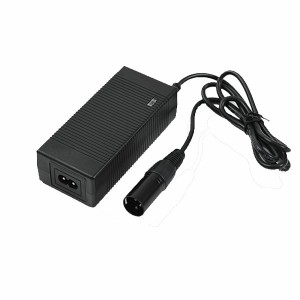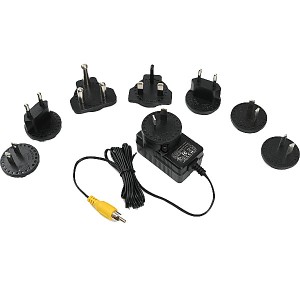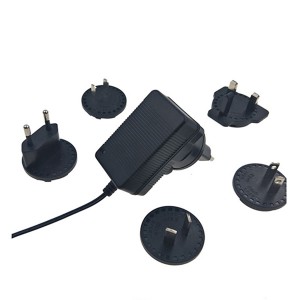1 Lithium battery
Lithium battery is a kind of battery that uses lithium metal or lithium alloy as the negative electrode material and uses non-aqueous electrolyte solution. Its specific energy is extremely high, but it has potential safety hazards. The positive electrode material of the lithium battery is manganese dioxide or thionyl chloride, and the negative electrode material is lithium. After the battery is assembled, the battery has voltage and does not need to be charged. This kind of battery can also be charged, but the cycle performance is not good. During the charging and discharging cycle, it is easy to form lithium dendrites, resulting in an internal short circuit of the battery, so generally this kind of battery is forbidden to be charged.

Lithium Ion Battery
Lithium Ion Battery (Lion) refers to a rechargeable battery that uses lithium ions as reactive materials. When the battery is discharged to the termination voltage, it can be recharged to restore the state before discharge. Lithium-ion batteries store and release lithium ions through active materials coated on electrodes, that is, to store electrical energy through the deintercalation of lithium ions on electrode active materials. The essence of lithium ion batteries is actually to use the concentration difference of lithium ions for energy storage and discharge. There is no metal lithium in the battery, so its safety is better than that of lithium batteries, and the specific energy of lithium ion batteries is lower than that of lithium batteries. energy.

3 The difference between lithium battery and lithium ion battery
In theory, lithium batteries and lithium-ion batteries are different concepts. A battery that uses lithium metal as an electrode material is called a lithium battery, which belongs to a primary battery. It can be thrown away after use and cannot be reused. The positive electrode material of lithium ion battery is lithium cobalt oxide (or other lithium metal oxide), and the negative electrode material is carbon material. In order to distinguish it from traditional lithium battery, it is called lithium ion battery. Lithium-ion batteries are secondary batteries that can be recharged and reused, that is, our common rechargeable batteries. In daily life, many people confuse the two and call lithium-ion batteries abbreviated as lithium batteries, which leads to confusion of concepts.
There is also a very big difference between lithium batteries and lithium ion batteries electrochemically, that is, the discharge voltage. Usually, the discharge platform of the lithium battery is 3.0 V, so the nominal voltage of the lithium battery of many cameras is 3.0 V, and the backup lithium battery of the mobile phone is also 3.0 V. The average discharge platform of lithium-ion batteries is between 3.6 and 3.8 V. At present, most of the mobile phone lithium-ion batteries have a nominal voltage of 3.7 V, and some are already 3.8 V. This nominal voltage can also be used to distinguish lithium-ion batteries from lithium batteries. In life, it is not strict to call the batteries used in cameras, laptops and mobile phones as rechargeable lithium batteries or lithium batteries. It is called lithium ion batteries and abbreviated as Li-ion or Li+. The abbreviation for lithium battery is Li, without + (positive ion symbol).








